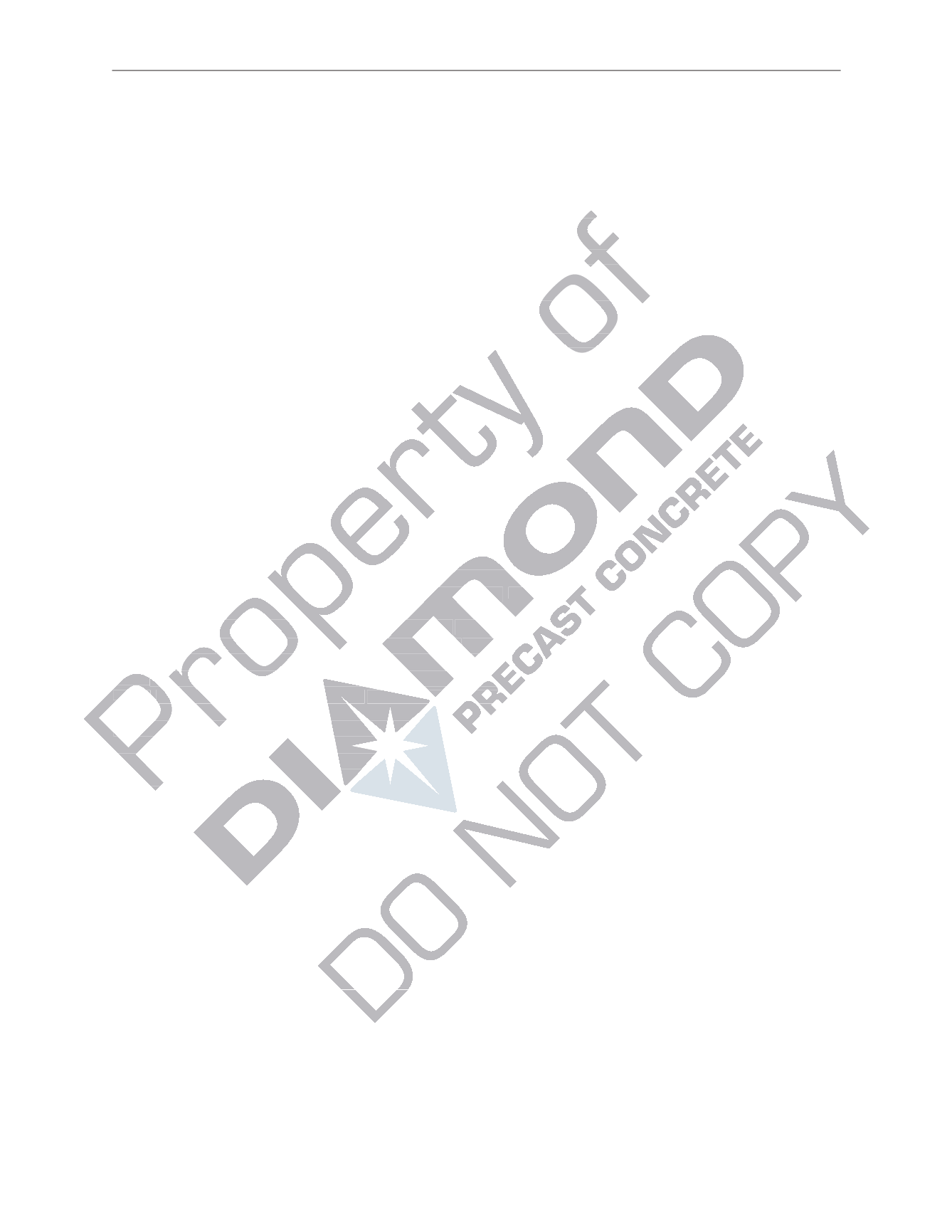

A23.4-09
©
Canadian Standards Association
November 2009
Face mix
— the exposed (visible) face of an architectural component behind which is a different type of
concrete which may be a less costly or less visually attractive mix.
Flatness
— the degree to which a surface approximates a plane.
Form
— a structure or mould supporting of concrete while it is setting and gaining sufficient strength to
be self-supporting.
Note:
The word “form” is used throughout this Standard and can refer to a mould (see
-OULD
).
Form release agent
— a substance applied to a form to prevent bond between the form and the
concrete cast in it.
Formed surface
— a concrete surface that has been cast against formwork.
Grout
— a mixture of cementitious materials and water, with or without sand. It can also contain
admixtures.
Hardware
— items used to connect precast units or attach other materials or equipment.
Note:
Hardware may be classified as follows:
(a) Contractor’s hardware: items placed in a structure to receive precast concrete units (e.g., anchor bolts, angles, or plates
with suitable anchors). These items are usually marked “C” on shop drawings.
(b) Plant hardware: items embedded in the concrete units themselves, either for connections and precast installer’s work or
for other trades (e.g., mechanical, plumbing, glazing, miscellaneous iron, masonry, or roofing trades). These items are
usually marked “P” on shop drawings.
(c) Installation hardware: all loose hardware necessary for installing precast concrete units. These items are usually marked
“E” on shop drawings.
Holding period
— the time from the placing of concrete to the commencement of accelerated curing.
Installation drawings
— all drawings prepared by the manufacturer for installation.
Jig
— a device to align parts of an assembly, usually for preassembling reinforcing steel and hardware
cages with a minimum of measurement and consistent accuracy from one cage to the next.
Joint
— the space between two adjacent precast concrete elements, used in the context of installation.
Note:
Other types of joints include control joints, construction or casting joints, expansion joints, and cold joints.
Machine-cast product
— a product produced by slip-form or extrusion.
Manufacturer
— the party that produces (and usually installs) the precast concrete elements.
Manufacturer’s engineer
— the structural engineer authorized by the manufacturer to ensure the
adequacy of the structural aspects of the shop drawings, manufacture, and installation for which the
manufacturer is responsible.
Membrane
— an impermeable material meeting the test requirements of ASTM C957 or
CAN/CGSB-37.50, as applicable.
Note:
This definition is consistent with the definition in CSA S413.
Mould
— a custom-made form for specific products.
Note:
See
&ORM
.
No-slump concrete
— concrete designed with a low water/cementing materials ratio and a low slump
that is compacted by special consolidation methods such as tamping or extrusion.
Owner
— the administrator of the requirements of this Standard or the designated representative.
Note:
This role is usually performed by an engineer or an architect.
Prestressing bed
— the platform and abutments needed to support the forms and maintain the
tendons in a stressed condition during placing and curing of the concrete.
Licensed for/Autorisé à Jed Friesen Sold by/vendu par CSA on/le June/18/2015.
~Single user license only. Storage, distribution or use on network prohibited. Permis d'utilisateur simple seulement.
Le stockage, la distribution ou l'utilisation sur le réseau est interdit.
















